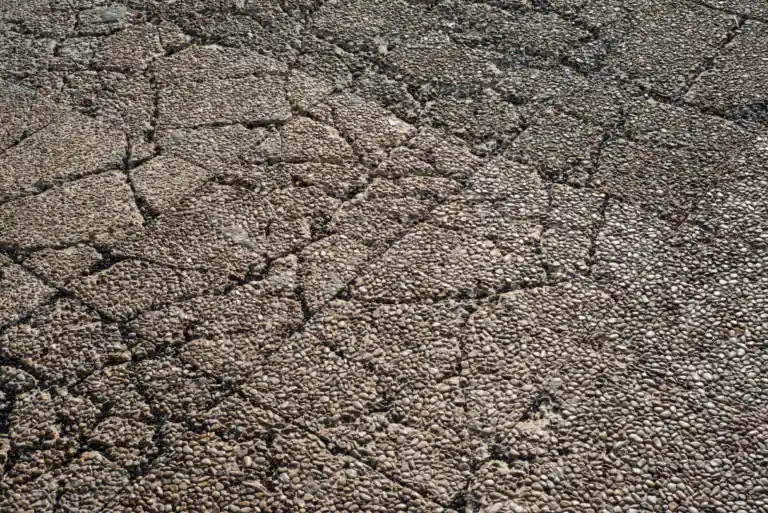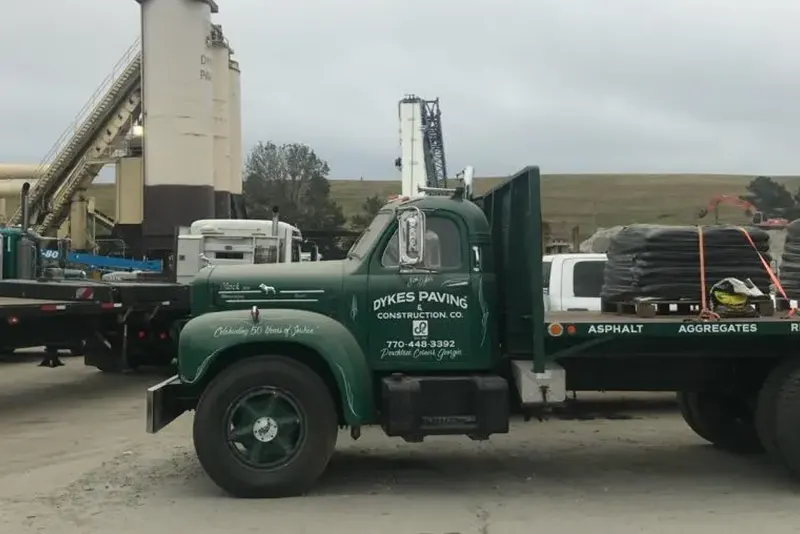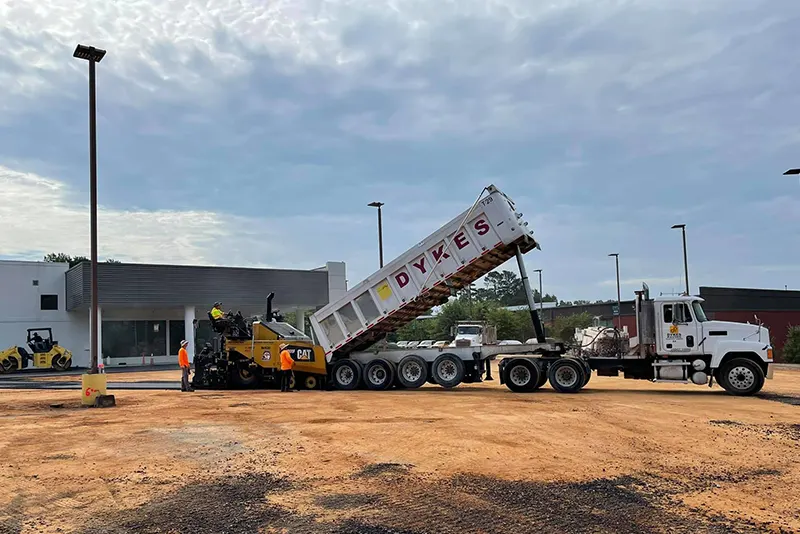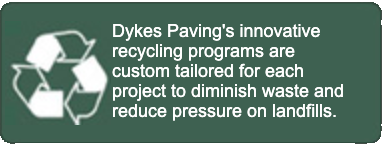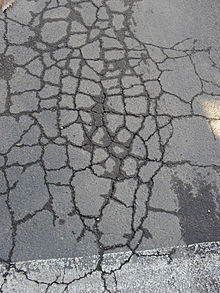
Asphalt has been used as a building material for thousands of years, and for good reason – It’s one of the most durable building components around. Still, even the most durable building materials are susceptible to deterioration, and such is the case with asphalt paving. The life of asphalt pavement can be cut short due to poor installation, or over exposure to the elements without proper asphalt pavement maintenance.
The certain demise of asphalt pavement
No matter how good of a job the asphalt paving contractor does at installing the pavement, and no matter how much the pavement is maintained, deterioration is inevitable, to a degree.
Asphalt deterioration begins immediately. Even in standard conditions, significant deterioration can begin to take place after the first couple years. Around this time, asphalt starts to turn gray and begins cracking. Water seeps into the cracks, freezes, and thaws during the yearly cycle, causing larger cracks. The liquid asphalt binder starts to lose it’s water-resistance properties, and this is how water is able to penetrate the asphalt, causing it a great deal of wear and tear.
When asphalt pavement is properly maintained, it wears out slowly but can last more than 25 years. Water is not the only element that kills asphalt though. Sunlight dries out flexible liquid asphalt that holds the rocks together, causing cracking. Chemical exposure is another asphalt killer – gas and oil can soften asphalt causing it to deteriorate more quickly.
Asphalt pavement deterioration due to paving contractor errors
Although the deterioration of asphalt pavement will happen eventually, errors in construction can certainly speed up this process. There are a number of things that paving contractors can do wrong that might cause an asphalt paving project to fail. These errors include over or under compaction of the asphalt, improperly compacted base, improper asphalt temperature, poor drainage, amoung other things.
Other causes of asphalt pavement deterioration
landscaping irrigation around the asphalt can cause water run-off which can eventually lead to erosion. Heavy stationary and heavy slow-moving vehicles can also lead to a great deal of stress on asphalt paving.
Types of asphalt deterioration
Distortion – This is often caused by improper pavement construction, and it includes corrugations and shoving, channels or ruts, and grade depressions.
Disintegration – Types of asphalt deterioration includes potholes and gas and oil spills.
Cracking – The most common type of asphalt deterioration, cracking comes in many forms, and takes on many names: shrinkage, reflection, edge joint, alligatoring, etc.
Proper asphalt maintenance
As we laid the ground work earlier, proper asphalt pavement maintenance is key to giving it a long and healthy lifespan. Asphalt paving ought to be treated with a coal tar-based sealant within 2-3 months from the day of application.
As you can see, there are many causes or asphalt deterioration. Most of the time, weathering is primarily to blame, but as we have seen, human error and vehicle stress can cause wear and tear to asphalt, as well. Understanding the type of deterioration your asphalt is experiencing is critical in getting at the cause, so that it can be properly treated. All in all though, a periodic application of asphalt sealant is the best way to keep it strong and healthy.
If you’re interested in having your facility equipped with asphalt paving, don’t hesitate to contact Dykes Paving. We also specialize in Asphalt paving overlay – we invented Perma Flex paving. Call today to discuss!

